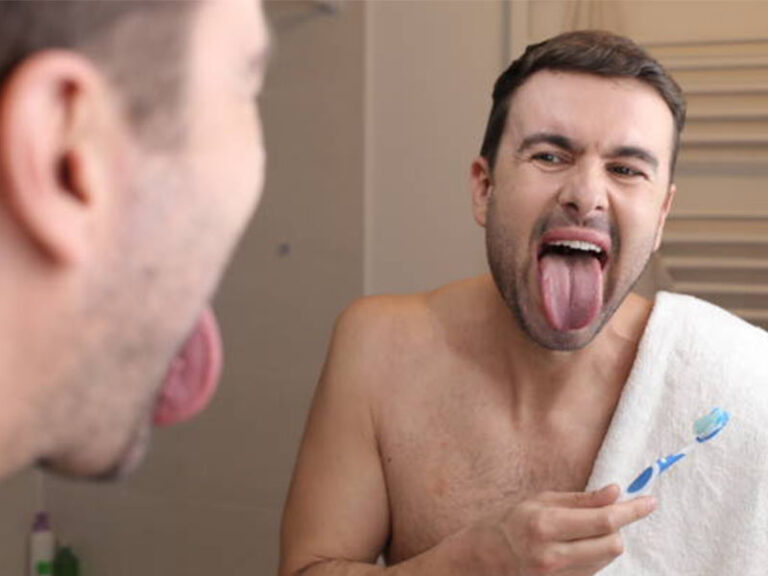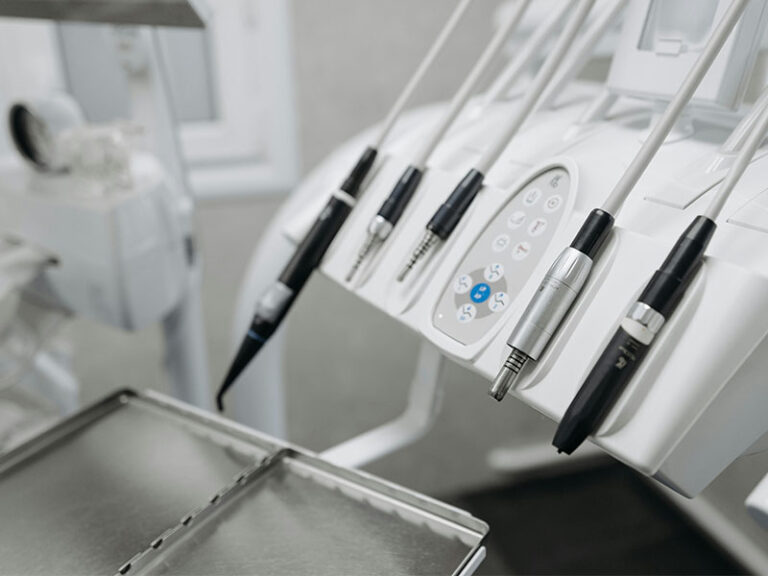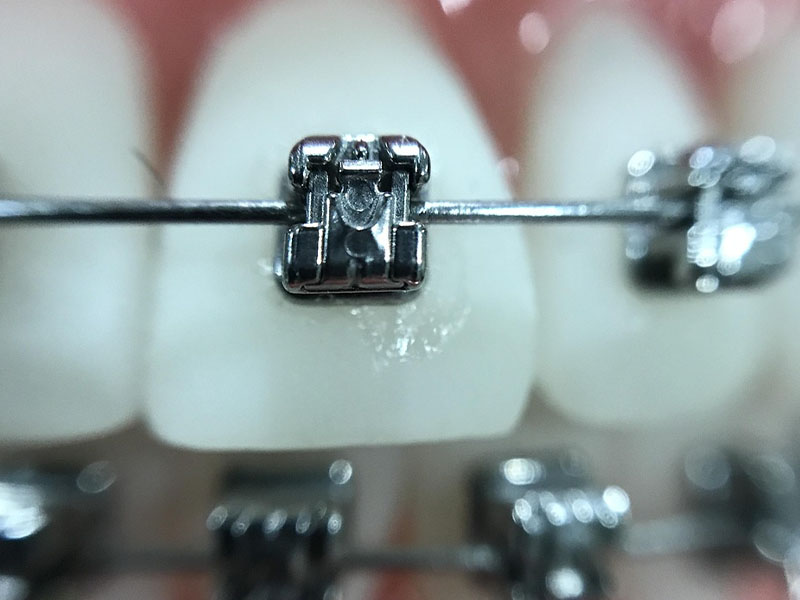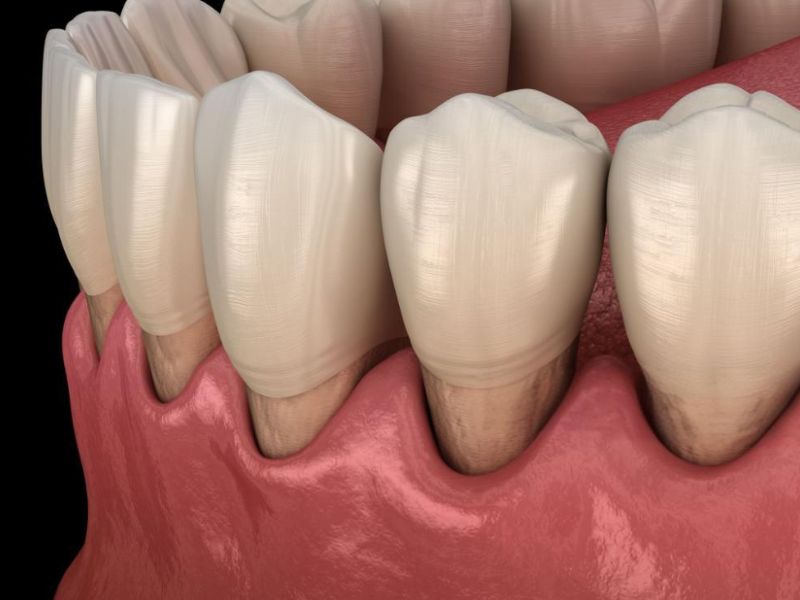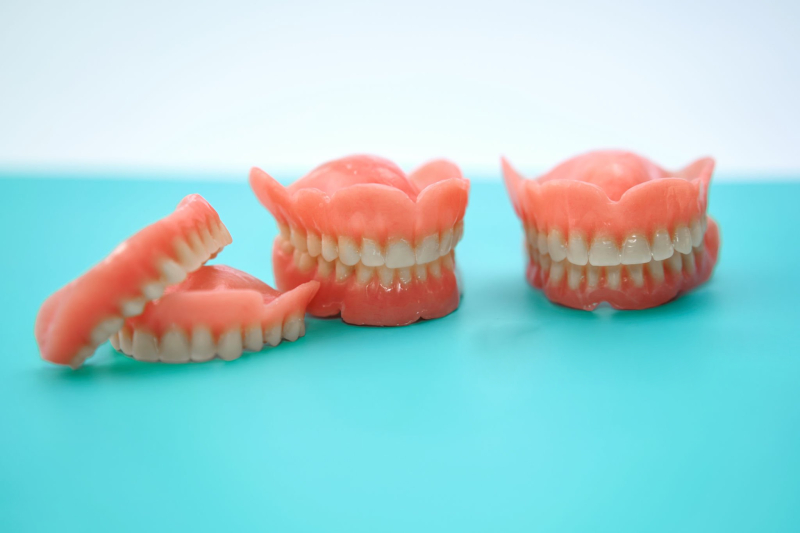
Mouthwashes and Gargles: A Simple Clinical Guide to Helpful Oral Rinses
Table of Contents
Telling the Difference: Mouthwash vs. Gargle
When I first started learning about oral care, I thought “mouthwash” and “gargle” meant the same thing. I was wrong. Let me spell out the difference.
Mouthwash—sometimes called oral rinse—mainly covers the front of the mouth: teeth, gums, and tongue. When I use mouthwash, I swish it all around my mouth to hit spots I might have missed when brushing. Picture it like mopping your kitchen floor: you want it to stay in your mouth and not go down your throat.
Gargle is for the back of your mouth. You tilt your head, let the liquid reach your throat, and make some bubbling sounds. It feels silly, but if you’ve ever swallowed while gargling, you know why technique matters!
It’s not just names—it’s about what you’re treating. Mouthwash is for your teeth and gums—say, for gum problems. Gargles are for sore throats or tonsils.
Types of Oral Rinses: Medical vs. Cosmetic
I used to think all mouthwashes were made for the same thing. Once a dental hygienist handed me two bottles—one plain minty stuff and the other a prescription rinse—my views changed.
Medical (therapeutic) rinses have real ingredients to help with a problem, like chlorhexidine for gum disease or fluoride to fight cavities. These work on more than just bad breath—they make a difference to your health.
Cosmetic rinses are what you reach for if you want your breath to smell better before a meeting. They don’t really fix any problems, they just cover up smells for a while.
When picking a rinse, I always look for the ADA Seal of Acceptance. It’s a small thing, but it means the product does what it says.
Main Helpful Ingredients: How They Work and When to Use Them
Through the years I’ve tried or told others to try a lot of rinses. Each has a hero ingredient. Here’s what they do and when I reach for them.
Chlorhexidine Gluconate (CHX): The Top Antiseptic
Chlorhexidine is the go-to for strong mouth cleaning. I’ve seen it help people after surgery or with bad gum problems.
- How it works: CHX sticks really well to your teeth and gums. It breaks open the “skin” of bacteria, killing them off for hours after you spit.
- When to use: I use this on people after dental work and for really stubborn gum swelling and redness. It cuts plaque by about 55% and gingivitis by 45% (Cochrane Review, 2017).
- Watch out: It can stain your teeth brown and leave a funny metallic taste in your mouth. In the U.S. you need a prescription, which makes sense so people don’t overdo it.
Cetylpyridinium Chloride (CPC): The Everyday Antimicrobial
CPC caught my eye when I saw more talk about it for viruses during COVID. You don’t need a prescription for most CPC rinses, which sits right between plain and medical grades.
- How it works: It pops holes in germs’ walls, killing them and cutting down buildup.
- When to use: Good for fighting off bad breath, plaque, or light gum swelling. Handy for anyone with stinky breath too.
- Bonus: CPC cuts down gingivitis by 29% and might even help against some viruses.
- Watch out: Doesn’t last as long as CHX. It may stain your teeth, but usually not as much.
Essential Oils (Like Listerine)
You’ve heard of Listerine—that’s essential oils in action. Long ago, I tried the alcohol and alcohol-free versions to see what worked best.
- How they work: These oils mess with germs’ cell walls and enzymes. Oils like eucalyptol, menthol, and thymol really do kill bacteria.
- When to use: Not just for breath! They lower plaque by 52% and gingivitis by 21% (JADA).
- Watch out: If your mouth is dry, sore, or you hate the burn, skip high-alcohol versions. Try alcohol-free instead.
Fluoride (NaF and SnF2): Fights Cavities
I often suggest fluoride rinses for people who get lots of cavities, have braces, or dry mouth.
- How it works: Sodium fluoride (NaF) and stannous fluoride (SnF2) both help repair your enamel and make teeth tougher against sugar bugs.
- When to use: When brushing alone just isn’t enough, like for people with lots of fillings, appliances, or dry mouth.
- Numbers: Daily use in kids and teens lowers cavity risk by ~27% (Cochrane Review, 2016).
- Watch out: Stannous fluoride helps with germs too but can stain your teeth. Swallowing too much—especially for kids—can cause spots on teeth (fluorosis), so be extra careful with little ones.
Povidone-Iodine (PVP-I): Strong Antiseptic Gargle
Povidone-iodine is a classic for sore throats and before dental procedures.
- How it works: Releases iodine to kill germs fast—bacteria, viruses, and fungi.
- When to use: Great for a quick hit on a sore throat, or as a dentist rinse before work. Just gargling for 30 seconds drops the germ count (Journal of Prosthetic Dentistry, 2020).
- Watch out: Don’t use if you’re pregnant, have thyroid problems, or are allergic to iodine. Stick to short-term use only.
Oxygenating Agents (Hydrogen Peroxide)
Hydrogen peroxide isn’t just for science class—it can help with mouth sores.
- How it works: It lets out oxygen, which bubbles up to clean wounds and break up dead stuff.
- When to use: Quick fix for infections or certain gum problems, but only for a little bit.
- Watch out: Too much can hurt your mouth lining or cause “black hairy tongue” (it’s as gross as it sounds).

What to Use When: Matching the Rinse to the Right Problem
Not every mouth rinse is right for every problem. Here’s how I pick or tell someone else what to pick:
- Gum Problems: Heavy-duty rinses like CHX, CPC, and essential oil brands work best. CHX for really bad cases, the others for daily care.
- Cavities: Fluoride rinses win here, especially for people with braces, dry mouth, or if they love sugar. Helps toughen up teeth.
- Bad Breath: CPC and essential oil rinses plus some with zinc help with stinky breath.
- Dry Mouth: No alcohol! Go for fluoride or special dry mouth rinses like Biotene.
- Sore Throat: I swap between salt water and povidone-iodine. Sometimes benzydamine hydrochloride works well for pain.
- After Surgery: First day, stick with salty water. If healing is slow, go to CHX, but always rinse gently.
I always say: rinses can help, but don’t skip good brushing and flossing. Mouthwash is a sidekick, not the main superhero.
Risks, Side Effects, and My Advice
I’ve seen a lot of mouths. Most people get benefits, but here are the honest downsides I’ve noticed (or heard about):
Staining
Chlorhexidine and stannous fluoride can turn teeth and tongue brown. It scrubs off, but if you don’t clean your teeth often, they look dull.
Burning and Soreness
Alcohol-based rinses can sting. If you or your kids have a sensitive mouth or dry mouth, pick alcohol-free.
Weird Taste
Chlorhexidine can make everything taste funny or metallic. Some people stop using it because of this.
Don’t Use in Certain People
Never suggest povidone-iodine if someone is pregnant, has thyroid conditions, or is allergic to iodine. Kids should only use fluoride rinses with an adult watching to avoid swallowing it.
Get Advice from a Pro
It helps to talk about risks up front. Rinses are helpers—brushing and flossing are still musts.
Frequently Asked Questions (FAQ)
People ask me these all the time, even at family barbecues. Here’s how I answer, plain and simple.
How is prescription mouthwash different from store-bought?
Store brands mostly freshen breath or lightly cut plaque—think CPC or essential oils. Prescription ones like chlorhexidine are a lot stronger for bigger gum problems.
How long can I use chlorhexidine?
Stick to what your dentist or doctor says—usually two to four weeks. Using it longer? You risk staining, build-up, and taste problems.
Can mouthwash fix a sore throat?
Nope, can’t cure infections, but some (like povidone-iodine or salt water) do help ease pain and lower bacteria. If your sore throat lasts or is really bad, see a doctor.
Will mouthwash kill good bacteria?
The strong stuff can kill many types of germs, even some good ones. That’s why I only use them or tell others to use them when really needed.
What’s the right way to rinse or gargle?
For mouthwash: Swish around teeth and gums for 30–60 seconds and spit (don’t swallow). For gargling: Swish, tilt your head, let it bubble in the back of your throat, then spit. Always follow the label.
My Key Takeaways
Here’s what years with these products taught me:
- Not all rinses are for everyone. Pick (or prescribe) based on the real need.
- Side effects happen, but most can be prevented if you use them the right way.
- Nothing beats the basics: brush and floss daily.
Whether it’s plain saltwater or prescription-grade chlorhexidine, every rinse serves a purpose. The real trick? Know when and why to use it. Not sure? Talk to your dentist (or, if you know me, shoot me a text).
Sources I trust in my work:
- Cochrane Reviews
- Journal of Periodontology
- Journal of the American Dental Association
- Journal of Clinical Periodontology
- Journal of Prosthetic Dentistry
- ADA (American Dental Association)
Hope my stories and advice help you choose the right mouthwash or gargle—whether you’re taking care of yourself or someone else.


